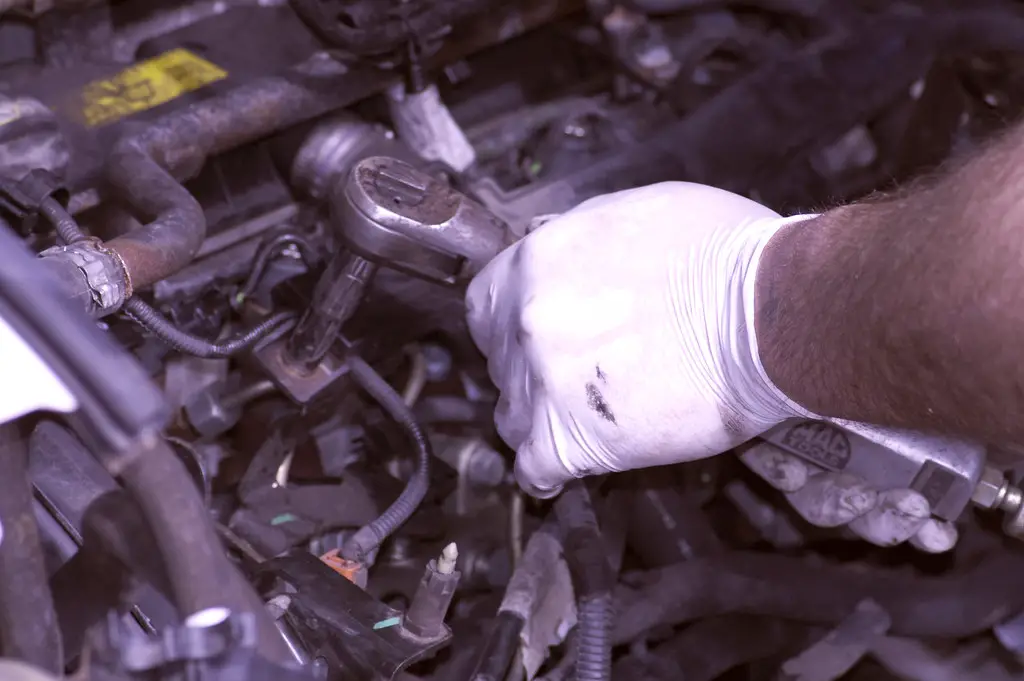When it comes to cars, not everyone is an expert. Many of us find ourselves at the mercy of technicians, paying whatever they quote for repairs without really understanding the breakdown of the costs. To empower you with knowledge, we’ll delve into the factors that contribute to the final price of car repairs, demystifying the mechanic labor rate and its intricate components.
Deciphering the Mechanic Labor Rate
The mechanic labor rate is at the core of repair expenses. Unraveling its complexities can empower you to make informed decisions. Here’s a breakdown of the factors influencing this rate:
1. Specialization and Labor Expertise
The mechanic’s skill and experience directly impact the cost. Specialized mechanics command higher rates due to their expertise in specific areas. While this might mean paying more, it ensures accurate diagnosis and effective solutions.
2. Types of Car Problems
The extent of damage affects repair costs. Severe issues require more time and may involve replacing multiple parts, driving up expenses.
3. Supplies and Parts
Replacement parts, whether new or used, contribute to the bill. This category also includes supplies like fluids, oils, and cleaning solutions, which add to the overall cost.
4. Business Landscape
Operational expenses, such as advanced tools and software, impact rates. Shops investing in certifications like ASE offer higher expertise but might have slightly elevated rates.
5. “Behind-the-Scenes” Factors
Insurance coverage and warranties contribute to rates. Shops providing comprehensive coverage and warranties may charge more for peace of mind.
6. Supply Chain Dynamics
Strong vendor relationships and efficient inventory management can influence costs. Faster access to parts through discounts or priority shipping can impact labor expenses.
7. The Intangibles
Reputation, branding, and community involvement influence rates. Shops with stellar reputations or community engagement may charge slightly more for the trust associated with their services.
8. Economic Influences
Market conditions and regulatory changes can affect costs. Economic fluctuations and altered regulations may lead to variations in labor rates.
9. Beyond Repairs
Customer service amenities and eco-friendly practices impact rates. Shops offering exceptional customer experiences or eco-conscious services may charge slightly more.
Understanding Flat Rate vs. Per Hour
Repair shops commonly charge either a flat rate or an hourly rate. The former is a fixed fee, while the latter increases with the time spent on repairs. While flat rates simplify billing, hourly rates incentivize quicker work, potentially affecting quality.
Breaking Down a Car Repair Bill
Understanding your repair bill is crucial. Here’s how to decode it:
1. Customer and Vehicle Details
Your personal information and your car’s specifics, along with the problem description, feature at the top of the estimate.
2. Auto Parts
Differentiate between OEM, aftermarket, and used parts. Enquire about part types to ensure fair pricing.
3. Mechanic Labor Time
Labor time is the hours needed for repairs. Verify the hourly labor rate and ensure it’s fairly applied.
4. Miscellaneous Charges
Shop supplies like chemicals and rags might incur extra charges. Calculate these based on labor hours.
5. Flat Fees
Some services have flat fees, which should be competitively priced.
6. Summary of Prices
Double-check the total charges listed at the bottom right for accuracy.
Conclusion
Understanding car repair costs empowers you to make informed choices. Unraveling the intricate factors behind the mechanic labor rate equips you to assess pricing fairly. Remember, you’re not just paying for repairs; you’re investing in expertise, quality, and peace of mind. So, the next time your car needs attention, you’ll approach it with confidence and knowledge.


